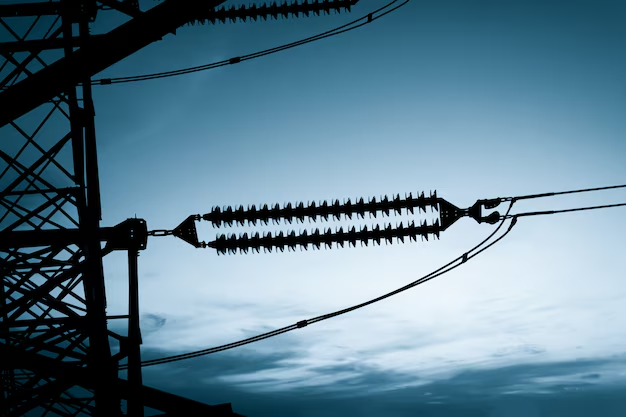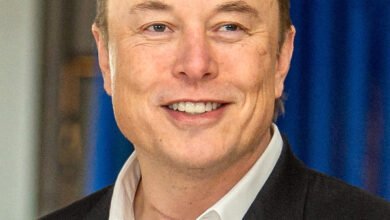
Puerto Rico has long been a vibrant island known for its rich culture, beautiful landscapes, and resilient people. However, in recent years, it has become equally well-known for its struggles with a fragile power grid and frequent power outages. These outages, exacerbated by natural disasters, aging infrastructure, and systemic issues, have significantly impacted the daily lives of residents, the economy, and the island’s recovery efforts. You now about this puerto rico power outages.
Understanding Puerto Rico’s Power Grid Challenges
Puerto Rico’s power grid has been fraught with challenges for decades. Managed primarily by the Puerto Rico Electric Power Authority (PREPA), the grid’s infrastructure has suffered from years of neglect, underfunding, and mismanagement. This situation has created vulnerabilities that make the system prone to frequent failures, especially during severe weather events.
Aging Infrastructure
The island’s electrical infrastructure is outdated and in desperate need of modernization. Many of the transmission lines, substations, and power plants date back to the mid-20th century. These aging components are ill-equipped to handle modern energy demands or withstand the increasingly severe storms brought on by climate change.
Dependence on Imported Fossil Fuels
Puerto Rico relies heavily on imported fossil fuels for electricity generation. This dependency not only makes energy production costly but also exposes the island to market fluctuations and supply chain disruptions. Additionally, it delays efforts to transition to renewable energy sources that could provide more stability and sustainability.
The Impact of Natural Disasters
Natural disasters, particularly hurricanes, have highlighted the fragility of Puerto Rico’s power grid. Hurricane Maria in 2017 was a stark example of the devastation that a compromised grid can cause. The Category 4 hurricane wiped out electricity across the entire island, leaving millions without power for months. It was one of the longest blackouts in U.S. history.
Hurricane Fiona in 2022 was another reminder of the grid’s vulnerabilities. Even with billions of dollars in federal aid allocated for grid repairs and modernization after Maria, significant portions of the island were plunged into darkness again during Fiona.
Daily Impacts of Power Outages
The frequent power outages in Puerto Rico affect nearly every aspect of daily life. From households and schools to businesses and healthcare facilities, the lack of reliable electricity has far-reaching consequences.
Health and Safety
Hospitals and clinics rely on electricity for life-saving equipment, refrigeration of medications, and overall operations. Prolonged outages can disrupt these essential services, endangering lives. Additionally, power failures compromise water systems, leading to shortages and concerns about sanitation and public health.
Economic Consequences
Businesses suffer significant losses during power outages, particularly small and medium-sized enterprises that lack access to backup generators. These disruptions can result in lost revenue, damaged inventory, and reduced productivity. The unreliable power supply also discourages investment, stifling economic growth on the island.
Education
Schools and universities face challenges in maintaining consistent operations during outages. Remote learning, which became essential during the COVID-19 pandemic, is particularly affected, as students and teachers depend on electricity for internet connectivity and digital devices. You now about this puerto rico power outages.
Steps Toward Modernization
Recognizing the urgent need to address Puerto Rico’s power crisis, several initiatives and reforms have been proposed or implemented. However, progress has been slow and fraught with challenges.
Federal Aid and Reconstruction Efforts
After Hurricane Maria, the U.S. federal government allocated billions of dollars to rebuild and modernize Puerto Rico’s power grid. These funds aim to improve resilience by reinforcing transmission lines, upgrading substations, and integrating renewable energy sources. However, bureaucratic delays and disagreements over how to allocate the money have hampered progress.
Transition to Renewable Energy
Puerto Rico has committed to ambitious renewable energy goals, including generating 100% of its electricity from renewable sources by 2050. Solar and wind energy are seen as key solutions to reduce dependence on fossil fuels and increase grid resilience. Community solar projects and microgrids are gaining traction, offering localized and sustainable energy solutions.
Privatization of Energy Operations
In 2021, the management of Puerto Rico’s electricity transmission and distribution was handed over to LUMA Energy, a private company. The move was intended to improve efficiency and accountability. However, LUMA has faced criticism for its handling of outages and delays in grid improvements, leading to widespread protests and calls for further reforms.
Grassroots and Community Solutions
Amid the challenges, grassroots efforts and community initiatives have emerged as beacons of hope. Local organizations and residents have taken steps to increase energy independence and resilience.
Solar Power Adoption
Many Puerto Ricans are turning to solar power to reduce reliance on the grid. Rooftop solar panels combined with battery storage systems allow households to maintain electricity during outages. Nonprofit organizations and federal programs are also helping low-income families access solar solutions.
Community Microgrids
Microgrids provide localized energy generation and distribution, often powered by renewable sources. These systems are particularly effective in remote areas where restoring power after an outage can take weeks or months. Community-led microgrid projects are proving to be a viable solution for energy resilience.
The Road Ahead
Addressing Puerto Rico’s power outages requires a multifaceted approach that combines immediate repairs with long-term modernization. Key priorities include:
- Investing in Resilient Infrastructure: Accelerating the reconstruction of the grid with a focus on resilience to withstand future storms.
- Expanding Renewable Energy: Scaling up the deployment of solar, wind, and other renewable energy sources to reduce dependence on imported fuels.
- Improving Governance: Ensuring transparency, accountability, and effective management in energy operations, whether through public or private entities.
- Empowering Communities: Supporting local initiatives and providing resources for grassroots energy solutions.
Conclusion
Puerto Rico’s power outages are more than just an inconvenience; they are a symptom of deeper systemic issues that require urgent attention. While progress has been made in rebuilding and modernizing the grid, much work remains to ensure reliable, sustainable, and affordable energy for all residents. By embracing innovation, fostering collaboration, and prioritizing the needs of its communities, Puerto Rico can overcome its energy challenges and build a brighter, more resilient future.



